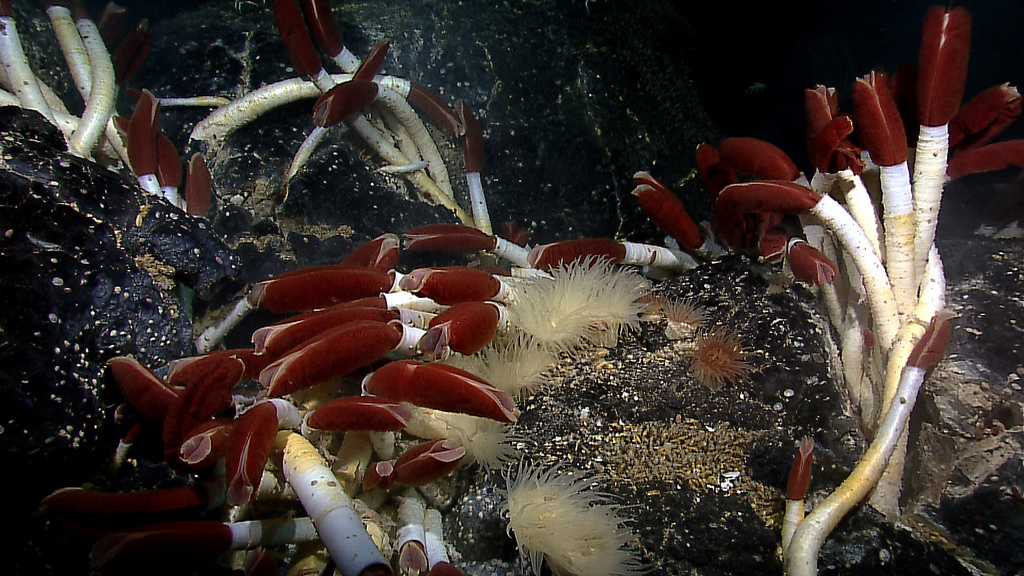
Few moments have so profoundly altered our understanding of what it means to be a living thing on Planet Earth as the discovery of deep-sea hydrothermal vents and the organisms that thrive around them. The first vents visited were dominated by Riftia pachyptila, the giant tube worm, whose magnificent ruby plumage parted to reveal an entire community adapted to harness the chemical energy that poured from the vents. It is almost poetic that the first vents were found on the Galapagos Rift; the same tectonic feature contributed to another great, formative moment in biology — the Voyage of the Beagle. Hydrothermal vents provided the first evidence that the sun was not the only source of energy that living organisms could harness. They opened our eyes to the potential of chemosynthesis and hinted at an ocean of unfathomable wonders waiting to be discovered.
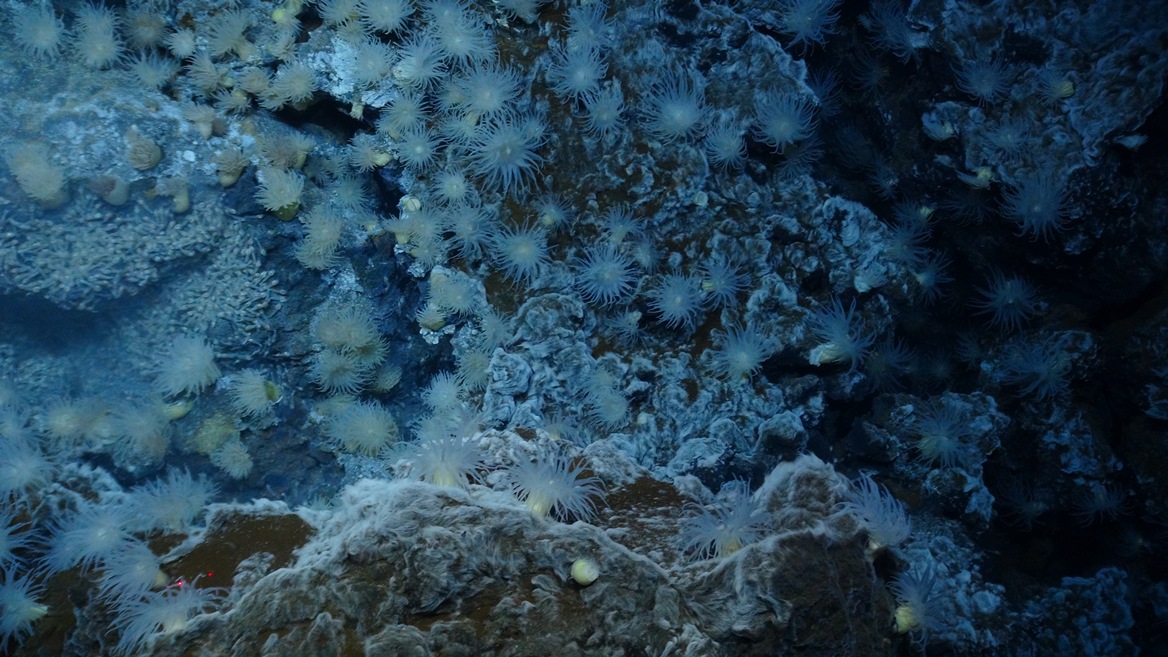
Deep-sea hydrothermal vents have been found throughout the world’s oceans. They occur on most oceanic plate boundaries and can be found on volcanic arcs and other volcanic features. InterRidge, the International Cooperation in Ridge-Crest Studies, maintains the definitive database of all known hydrothermal vent fields (a vent field is a “cluster of hydrothermal vents presumed to have an interconnected water supply”). A recent meta-analysis of the InterRidge Vent database, by Beaulieu and colleagues (2013), assessed the current distribution and status of known vent systems and captured some surprising changes in deep-sea research and exploration.
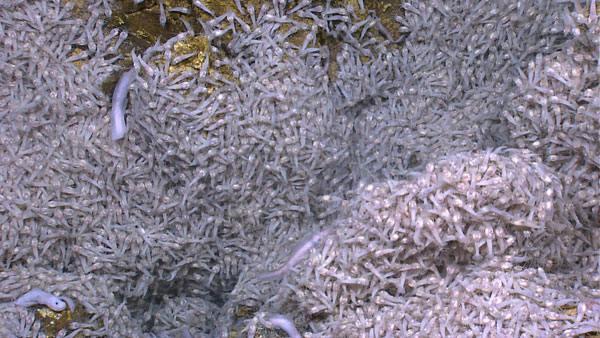
In the last decade, the number of known active hydrothermal vent systems has doubled, from 277 reported in 2004 to 521 in the most recent survey. Approximately half of all known vents are now located in the southern hemisphere, with the greatest number of new discoveries occurring in the western Pacific. A quarter of all vents discovered in the last decade were found in Tongan waters. This also hints at sea change in our understanding of hydrothermal vent distribution, two thirds of all active hydrothermal vents are located within nations’ exclusive economic zones (EEZ’s), not the high seas. Tonga, the United States, Japan, New Zealand, and Papua New Guinea control the lion’s share of hydrothermal vents in national waters.

The increase in vent discoveries in national waters is the result of the most significant shift in deep-sea exploration — the rise of commercial mineral prospecting. The dramatic increase in known vent systems in Tonga, New Zealand, and Papua New Guinea is due to the increasing interest in seafloor massive sulfides — the metal-rich geologic formations that arise from certain hydrothermal vent activity — as a viable commercial resource. Since 2008, when the first commercial entity reported the discovery of a hydrothermal vent system, 11 new vent fields have been discovered through commercial exploration.
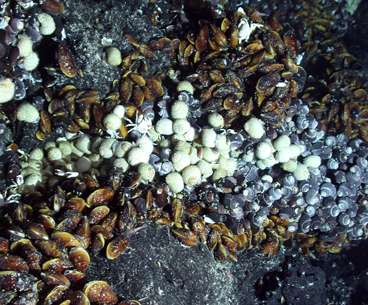
Beaulieu and colleagues asked the next logical question: How many hydrothermal vent fields are currently threatened by deep-sea mining? Deep-sea mining initiatives are under development by both independent companies and national institutions. The International Seabed Authority (ISA) oversees the issuing of lease-blocks in the high seas. Information on two lease-blocks granted by the ISA is publicly available — one for ~10,000 square kilometers on the Southwest Indian Ridge to China and another ~10,000 square kilometer block to the Russian Federation on the Northern Mid-Atlantic Ridge. Two additional blocks, to the Republic of Korea and the French Research Institute for Exploration of the Sea, have recently been approved but coordinates are not yet available. Of the two major commercial entities conducting seabed exploration, only one, Nautilus Minerals, currently provides public access to information about its mining tenements. Thus, Beaulieu and colleagues’ assessment of vent fields being investigated for mining potential is an underestimate.
At minimum, 96 active deep-sea hydrothermal vent fields are currently under consideration for deep-sea mineral extraction. That is nearly one-fifth of all known hydrothermal vent fields. In contrast, only 8% of hydrothermal vent fields fall within a marine protected area.
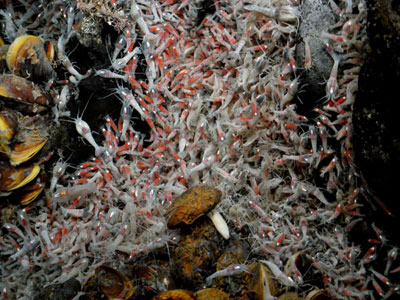
For the first 3 decades of hydrothermal vent exploration, the greatest non-natural threat to vent communities was scientific exploration. In response to this realization, the scientific community adopted a set of guidelines for responsible conduct of research at deep-sea hydrothermal vents, but the impact from scientific research is minuscule compared to the potential disturbance caused by large-scale mining operations. Collaborations between science, conservation, and industry — such as VentBase — are yielding the first international standards for responsible deep-sea exploitation, but, within EEZ’s, standards vary by country.
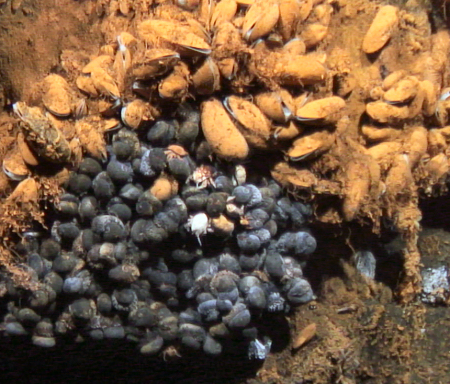
Hydrothermal vents, particularly in the western Pacific where the first deep-sea mining projects will almost certainly be based, are patchily distributed across back-arc basins. In the worst case scenario, removing a significant portion of vents from these basins could wipe out essential stepping-stones for dispersal of vent organisms, causing a cascade of ecosystem collapses that spreads far beyond the initial mining site. This is why set-asides, well-connected vent fields that can provide a reservoir of diversity to repopulate exploited vents, are so important. Maintaining a network of reserves throughout a region of intense mining pressure is an essential first step in preserving hydrothermal vent communities.
Unfortunately, it is difficult to predict how deep-sea hydrothermal vent communities will respond to mining pressure. Some vent systems are incredibly dynamic, with individual vents experiencing dramatic natural disturbance on a continuous basis, while other vent systems are relatively stable, and may persist, unchanged, for centuries. Seafloor massive sulfides are not only rich in gold and copper, but are also invaluable social and scientific resources. Not only did vents help redefine what it means to be ‘life’, but they may even be the cauldron in which life began.
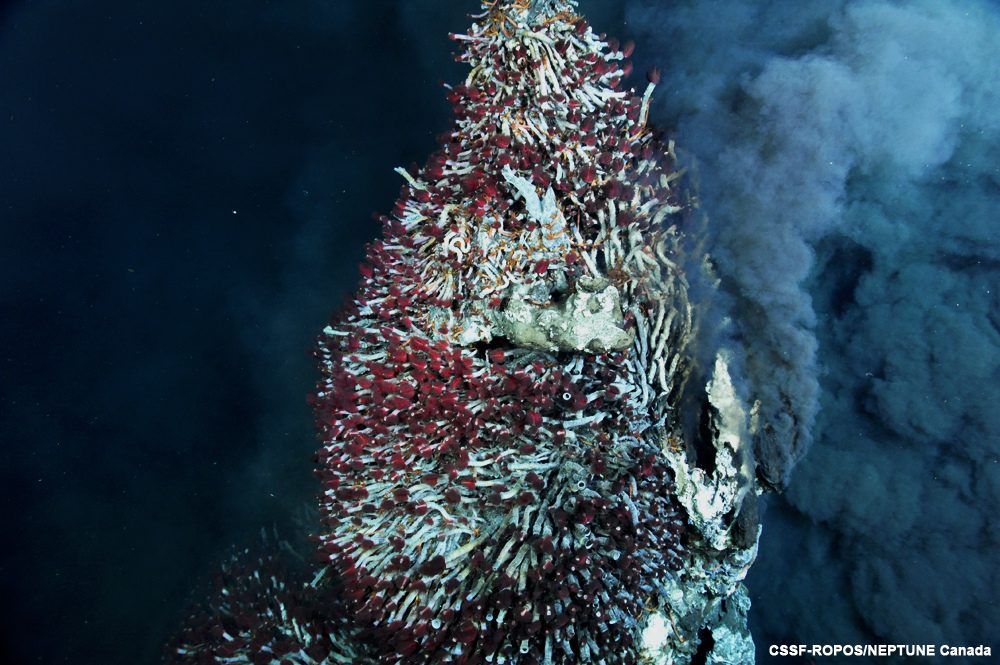
Not all of the hundred vents that currently fall within mining leases will be mined, but they represent the beginning of an emergent industry. I still genuinely believe that deep-sea mining can be conducted within an environmentally responsible framework, but that requires transparency, accountability, and a willingness to be patient. The first deep-sea hydrothermal vent mine is an experiment. We need to ensure that we can incorporate the lessons of that first experiment into future management, mitigation, and policy before the industry proceeds with large-scale mining. Even then, we must recognize that there is no such thing as a ‘typical’ vent system, and that, in all ventures, the precautionary principle must prevail.